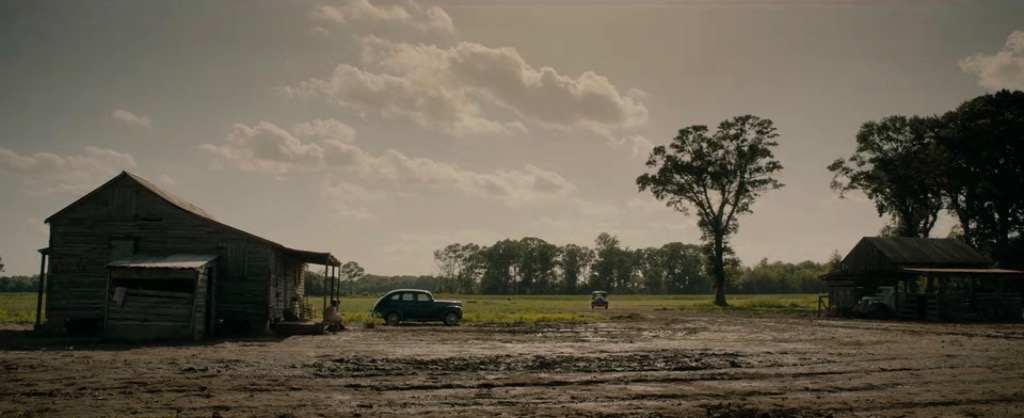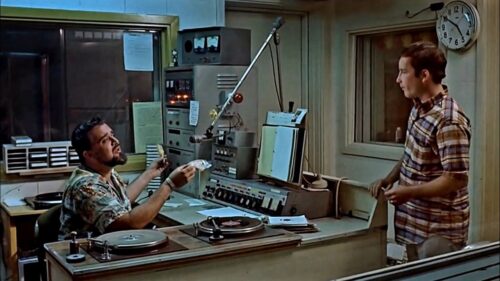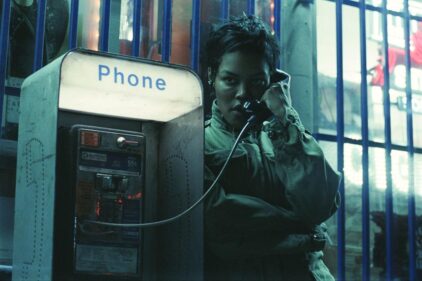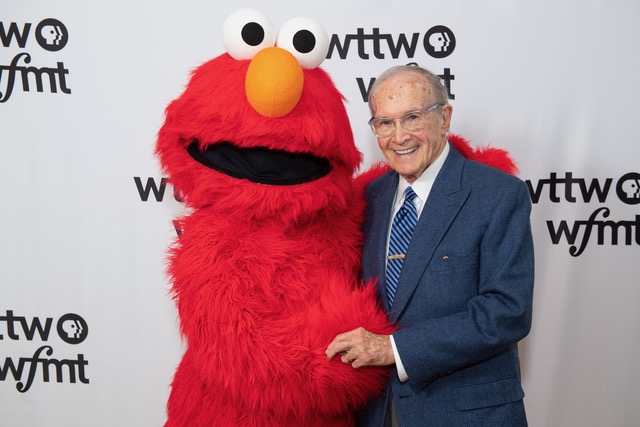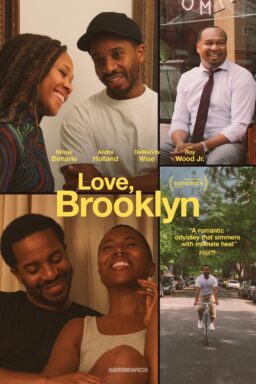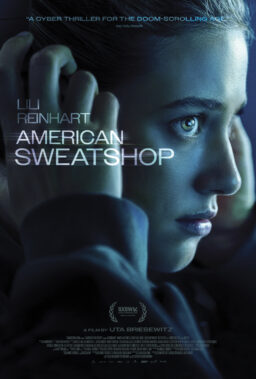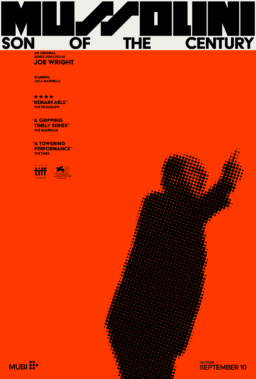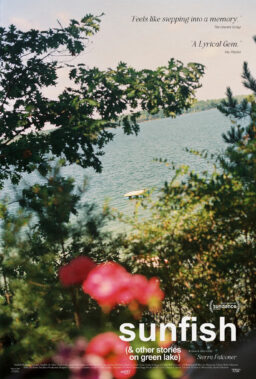Based on Hillary Jordan’s 2008 novel, Dee Rees’ “Mudbound” addresses racial conflict in World War II-era Mississippi and speaks to viewers with its bold visual language. Filmed practically and intimately by “Black Panther” cinematographer Rachel Morrison, the images parallel the societal examinations of American documentarians, painters and photographers who previously captured the era’s poverty-stricken communities. For her inspired work, Morrison became the first woman to receive an Oscar nomination for Best Cinematography.
Morrison juxtaposes the narrative’s racial conflict with organic greens and browns, reminiscent of Gordon Parks’ 1956 photoessay “A Segregation Story.” She establishes fundamental differences between black and white characters while inherently forming connections. Mothers wears green; children wear brown. Morrison frames characters amongst green fields and dirt brown roads. She highlights green cars and brown signs. Inside a bus, the color palette accentuates green seats and a telling brown sign. Welcome to 1940s Mississippi.

Indoors, Morrison establishes familial intimacy and racial distance through chiaroscuro lighting and physical space. Candles light up rooms, subtly emphasizing the characters’ green and brown clothing. Black and white people gaze at each other through windows and doorways. Brown eyes peer at green cars, and white characters peer at black characters. The McAllan and Jackson families contemplate their financial strains and how mutual support can override petty differences. As a director, Rees establishes “Mudbound”’s give-and-take connections, while Morrison creates boundaries through symmetrical and psychological distance, complementing and contrasting the character dynamics.
In the first act, Morrison focuses on natural elements while foreshadowing conflict through murky visuals. When both Ronsel Jackson (Jason Mitchell) and Jamie McAllan (Garrett Hedlund) join the military after the Pearl Harbor attacks, “Mudbound” locks into a more striking brown-green scheme and doesn’t break until the end of World War II. In between, Morrison paints the frame with blood red for a psychological effect, whether it’s to spotlight a soldier’s demise or the result of domestic violence. Throughout “Mudbound,” Jamie reflects on his war experiences, traumatized by death and haunting memories. During the character’s aerial scenes, Morrison contrasts his green color scheme (life) with red (death) and brown (race). As Jamie later relays to Ronsel, a “colored” pilot allowed him to keep on living. Brain matter and brown ‘chutes; Jamie remembers the details. And so do viewers through Morrison’s color coordination.

During ground sequences, Morrison stays consistent with her visual motifs, as Ronsel’s military green contrasts the brown European soil. Once again, “Mudbound”’s cinematography paints the frame with blood red while introducing another recurring visual motif: green and brown-themed overhead shots that underline various types of death. Morrison also contrasts the horrors of war by shifting attention to an everlasting light that shines over Ronsel.
When the war finally ends, Morrison briefly steps away from browns and greens. Now, it’s black and white bodies that receive attention, as she frames Ronsel in bed with his German girlfriend, Resl (Samantha Hoefer). In this moment, bright light enters through windows, perhaps to signify new life. Meaning, Ronsel has likely just conceived his child—a crucial moment for the rest of the film’s narrative. Morrison initially frames the lovers in white sheets, foreshadowing Ronsel’s tragic encounter in Mudbound’s disturbing climax. She then reintroduces greens and brown to the color design, with the concept of racial harmony staged front and center.

Post World War II, Morrison focuses on relationship dynamics and poverty. Back at home, Jamie and Ronsel adapt to reality. While the white captain reconnects with loved ones and fights personal demons via alcohol, the black sergeant immediately comes face to face with racism. Despite Ronsel’s green uniform—a clear indicator of his military service—the locals merely see his race. Morrison once again uses physical space—this time in a grocery store—to both stay consistent with her visual language while highlighting the racial subtext. War hero or not, Ronsel must leave through a back door after being challenged by Pappy (Jonathan Banks), while the eldest son, Henry (Jason Clarke), follows his father’s lead. Through “Mudbound”’s physical entrances, Morrison explores the concept of opportunity in 1940s, post-war Mississippi, along with the personality traits that define leaders and followers. These images support Morrison’s visual duality, as angels and demons emerge. In “Mudbound”’s climax, the color white represents not heaven but a southern hell, acknowledging the United States’ history of white supremacy while dramatizing Pappy’s own fate.
When “Mudbound” explores character insecurities and shared experiences, Morrison pays special attention to small gestures. Jamie struggles with alcoholism, while Ronsel grapples with regret. Their bond reaches new levels through simple, repeated acts of kindness. Day after day, Jamie earns Ronsel’s trust, and vice versa. They ride together, literally and figuratively, exchanging stories about race while simultaneously distancing themselves from racist behavior. At times, “Mudbound”’s characters assess perceived outsiders through windows and doorframes. And in Jamie’s safe place—his green vehicle—Morrison informs viewers about his inner character and powerful bond with Ronsel, all the while using symmetrical visual language to create a subtle distance between the viewer and two soldiers.
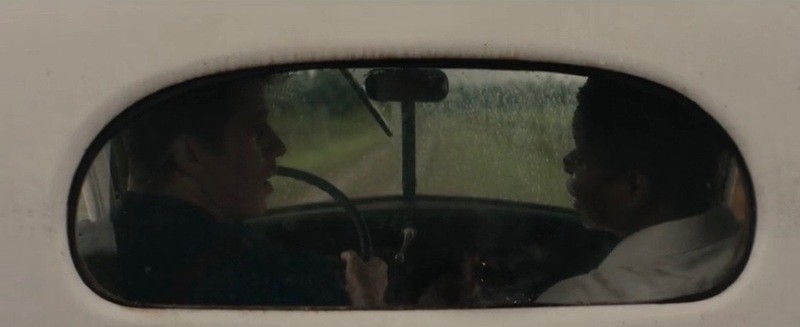
Jamie and Ronsel’s clothing shifts between green and brown; they’re in tune with each other, connected forever by shared experiences. Visually, Morrison often shifts the foreground framing for dramatic focus. When Ronsel reflects on his love life, Jamie smirks in the background, if only because he understands. When Jamie recalls his aerial adventures, Ronsel offers a knowing nod. Morrison presents the veterans in and out of focus; a visual technique that strengthens their storytelling, along with the supporting characters’ experiences as well.
In “Mudbound,” small acts of kindness represent the calm before the storm. But they also showcase the practical nature of Morrison’s work, and how the best cinematographers can underline human emotions through warm colors, tight framing and careful pacing.

Within the Jackson home, Morrison shifts her gaze to existential contemplation and physical ailments, for both genders. Portrayed by Mary J. Blige, Florence Jackson provides consistent warmth, support and understanding. She’s a calming force, “Mudbound”’s heartbeat. And though Rob Morgan’s Hap Jackson similarly toes the line to avoid racial conflict, he experiences immense physical pain, which Morrison highlights through another overhead shot. Hap takes pride in physical labor, determined to give his all, if only to ensure his family’s survival. Unlike Florence, though, he’s skeptical of good deeds, and how they can be used against him. In a moment of truth during “Mudbound”’s last act, Hap ultimately lends the McAllan family a helping hand. In turn, Jamie reciprocates a kind gesture, communicated through Morrison’s high-low exterior visuals as the narrative comes full circle.
In “Mudbound,” perhaps no character is more conflicted than Carey Mulligan’s Laura McAllan—a well-meaning white woman that marries into a southern family dominated by patriarchal racism. During middle sequences, Morrison uses dark interior contrasts, highlighting the character’s psychological and physical pain. Morrison also uses an overhead bedroom shot to stress the death of Laura’s sex life. Henry’s wife often helps the Jacksons, and her kindness is reciprocated after a miscarriage. Throughout “Mudbound,” Morrison emphasizes helping hands, whether it’s a black veteran reaching out to a white veteran during a post-traumatic stress moment, a wife—dressed in a white, angelic gown—offering help to her drunken, depressed brother-in-law, or a black mother providing support to a white mother.

And then there’s Pappy McAllan. He’s the underlying negative energy that makes life even more difficult and overwhelming through his envy and racist behavior. In “Mudbound”’s most disturbing sequence, it’s Pappy, seething with hate, that shames Ronsel about his biracial son, setting in motion a tragic sequence of events, all of which are dramatized by Morrison’s claustrophobic visual language.
Just as Morrison lights domestic settings with dark contrasts and burning candles, the same imagery fills the torture sequence. In these moments, Morrison once again moves away from green and browns, focusing primarily on emotional darkness and white supremacists, draped in white sheets, before introducing the inevitable red. Soon thereafter, Pappy receives the same visual treatment, murdered by his own son, Jamie. For dramatic effect, Morrison utilizes several of her visual motifs: green and brown colors, black and white contrasts, and the overhead shot, along with a touch of red. With Pappy gone, better days await the Jacksons and McAllans.

As Ronsel himself notes early in the film, “The first things and the last things … they always stick the hardest.” And so “Mudbound” returns to its visual roots for its heartwarming finale, full of vibrant browns and greens, supported by ecstatic black and white characters. Once again, red enters the frame. This time, however, it’s Resl’s hair that stands out. Once again, white appears in the frame, supporting the angelic qualities of Ronsel’s lost love, and certainly his son, too, an everlasting light. And once again, it’s a doorframe that highlights characters of different races and nationalities, only these two individuals are in the mood for love and not war.

After two hours of heavy drama, some viewers may inadvertently disengage with Morrison’s recurring visual motifs. But the colors do, in fact, drive “Mudbound”’s narrative, symbolic of life and death, reminders of the film’s heartbeat and intimate connections that keep the protagonists moving forward. If “love is a kind of survival,” then “Mudbound” succeeds through Morrison’s love for the subject matter, and how the moving image can positively affect even the most hardened viewer.
